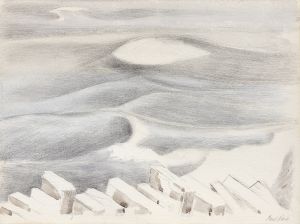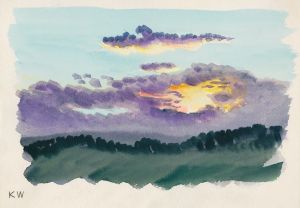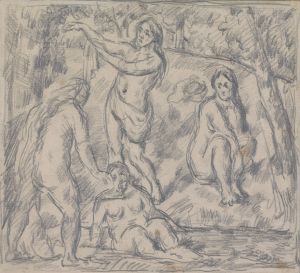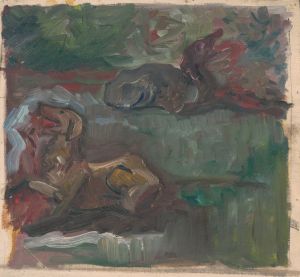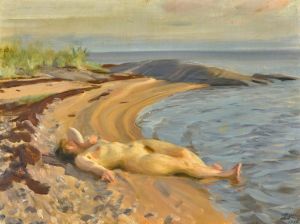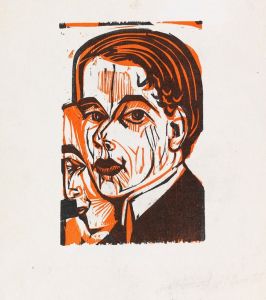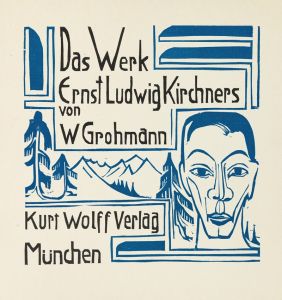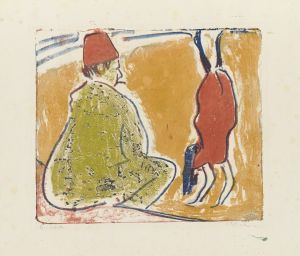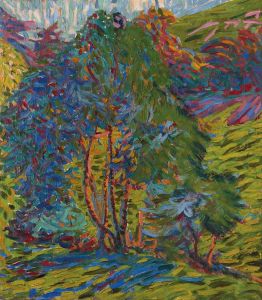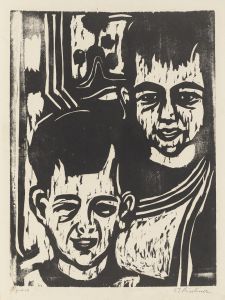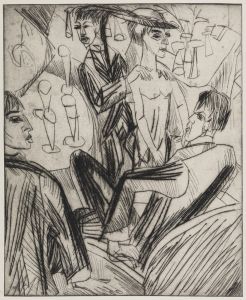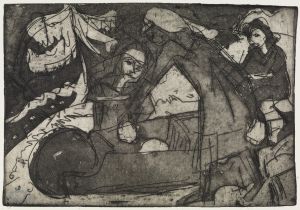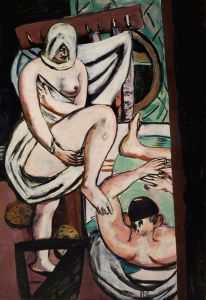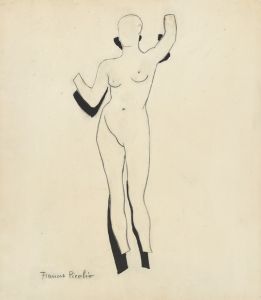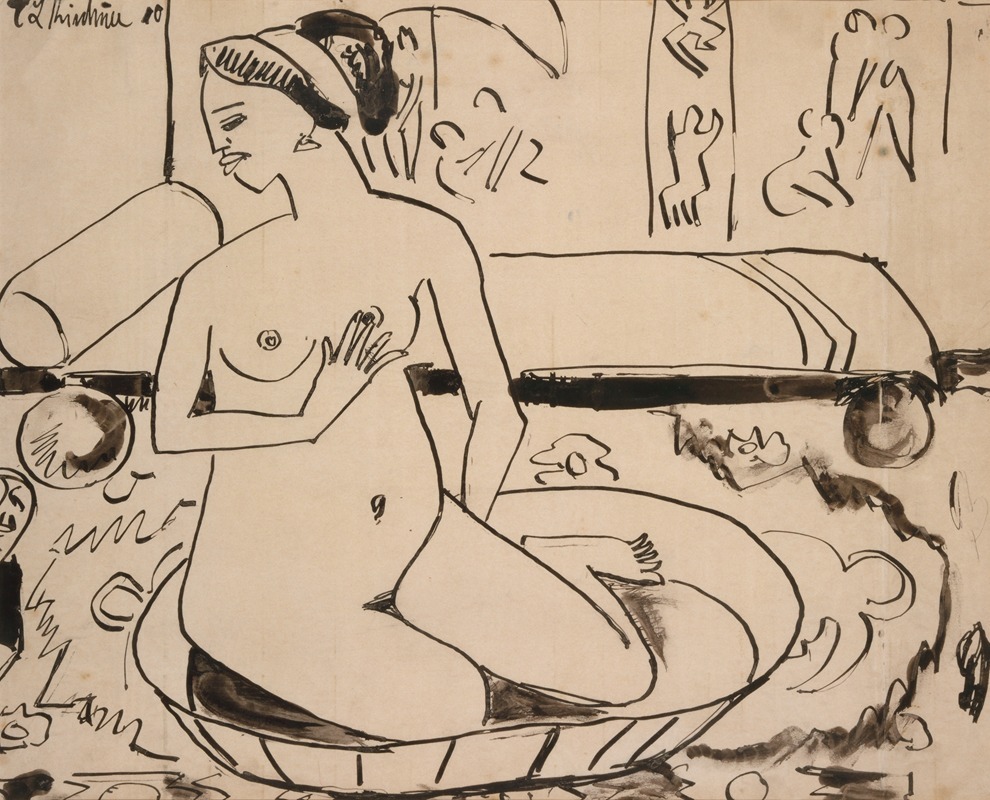
Badende im Atelier der Brücke
A hand-painted replica of Ernst Ludwig Kirchner’s masterpiece Badende im Atelier der Brücke, meticulously crafted by professional artists to capture the true essence of the original. Each piece is created with museum-quality canvas and rare mineral pigments, carefully painted by experienced artists with delicate brushstrokes and rich, layered colors to perfectly recreate the texture of the original artwork. Unlike machine-printed reproductions, this hand-painted version brings the painting to life, infused with the artist’s emotions and skill in every stroke. Whether for personal collection or home decoration, it instantly elevates the artistic atmosphere of any space.
Ernst Ludwig Kirchner, a prominent German expressionist painter and one of the founding members of the art group Die Brücke (The Bridge), created the painting Badende im Atelier der Brücke (Bathers in the Studio of the Brücke). This artwork reflects Kirchner's distinctive style, characterized by bold colors, dynamic compositions, and a focus on the human figure. The painting is believed to have been created during the early 1910s, a period when Kirchner and other members of Die Brücke were exploring themes of modernity, nature, and the human body.
Die Brücke, founded in Dresden in 1905, was an influential group of artists who sought to break away from traditional academic art and embrace a more expressive and emotional approach. They were inspired by non-Western art, particularly African and Oceanic art, as well as the works of Post-Impressionist and Fauvist painters. Kirchner, as one of the leading figures of the group, often depicted scenes of urban life, nudes, and landscapes, using exaggerated forms and vibrant colors to convey emotion and energy.
Badende im Atelier der Brücke exemplifies Kirchner's interest in the human form and his innovative approach to composition. The painting portrays nude figures in an interior setting, likely the studio shared by members of Die Brücke. The studio served as both a workspace and a communal gathering place, where the artists often worked with live models. The depiction of bathers in this context reflects the group's fascination with the natural and unembellished human body, as well as their rejection of societal conventions and traditional notions of propriety.
Kirchner's use of color and form in this painting demonstrates his commitment to expressionism. The figures are rendered with bold, angular lines and simplified shapes, emphasizing their physicality and movement. The color palette, dominated by earthy tones and vibrant accents, creates a sense of warmth and intimacy. The interplay of light and shadow adds depth to the composition, while the dynamic arrangement of the figures suggests a sense of spontaneity and vitality.
The painting also reflects the broader cultural and artistic currents of the time. The early 20th century was a period of rapid social and technological change, and artists like Kirchner sought to capture the spirit of this new era. By focusing on themes of freedom, individuality, and connection to nature, Kirchner and his contemporaries challenged traditional artistic norms and paved the way for modern art movements.
Today, Badende im Atelier der Brücke is recognized as an important example of Kirchner's work and the expressionist movement as a whole. It highlights the innovative spirit of Die Brücke and their contribution to the development of modern art. The painting is held in a private or public collection, though specific details about its current location or provenance may vary.





